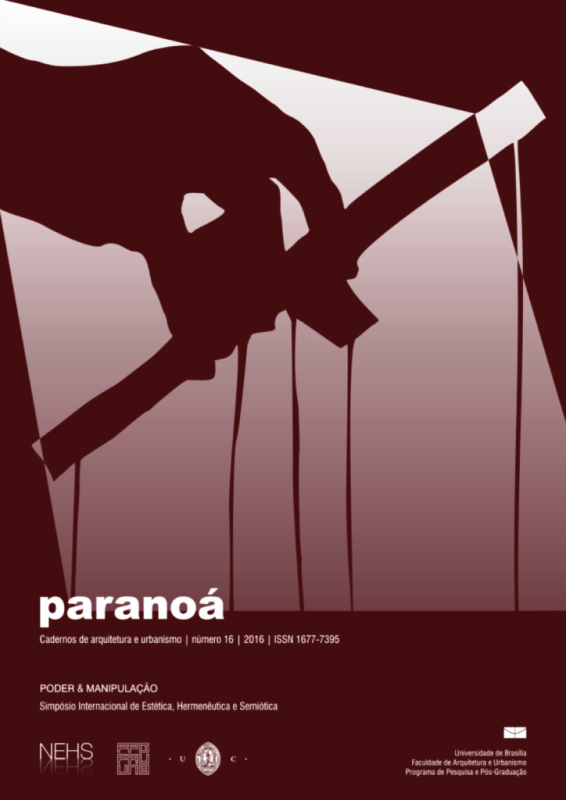The damned body
DOI:
https://doi.org/10.18830/issn.1679-0944.n16.2016.11Keywords:
Damned body, Nudity, Anatomy, Last Judgemen, Hell, Medieval and renaissance artAbstract
The representation of the human body has always played a central role in Western art. In line with this tradition and since its beginning Christianity has used a system of representations oriented around the human body to emphasize the problematic relationship between the physical body and the soul in contrast with the idealized body of the Greek and Roman Classical Antiquity. The ambiguity of a Christian body fought over by the opposing forces of good and evil, wrenched between Heaven and Hell, gave origin to a vast number of representations and metaphors relating to the human body throughout the history of the written and visual arts. The main focus of this article is on the manner in which the nude bodies of the damned are represented and related to the demonic bodies within the Last Judgement theme and its dependent category of Hell. A history of the body representations in the images of Hell starting from a medieval theocentric conception of the world, which conceived a miserable body as opposed to the divine soul, to the contagious humanism of the Renaissance, when the representations of the human body in Hell, sometimes eroticized, were in fact beautiful due to the influence of Antiquity and the new studies on human anatomy by the artists.
Downloads
Downloads
Published
How to Cite
Issue
Section
License
Autores que publicam nesta revista concordam com os seguintes termos:
- Autores mantém os direitos autorais e concedem à revista o direito de primeira publicação, com o trabalho simultaneamente licenciado sob a Licença Creative Commons Attribution que permite o compartilhamento do trabalho com reconhecimento da autoria e publicação inicial nesta revista. http://creativecommons.org/licenses/by/4.0
- Autores têm autorização para assumir contratos adicionais separadamente, para distribuição não-exclusiva da versão do trabalho publicada nesta revista (ex.: publicar em repositório institucional ou como capítulo de livro), com reconhecimento de autoria e publicação inicial nesta revista.
- Autores têm permissão e são estimulados a publicar e distribuir seu trabalho online (ex.: em repositórios institucionais ou na sua página pessoal) a qualquer ponto antes ou durante o processo editorial, já que isso pode gerar alterações produtivas, bem como aumentar o impacto e a citação do trabalho publicado (Veja O Efeito do Acesso Livre).















